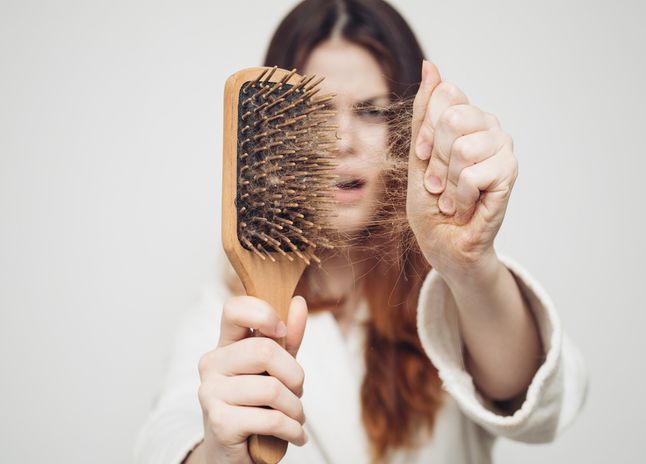Hair Loss In Women & Men
Hair loss which is medically known as alopecia can affect your entire body or mostly just your scalp area. Hair loss can either be temporary or in some people it turns out to be a permanent issue. The common causes of hair loss include hereditary factors, hormonal changes, aging, or some medical conditions. Anyone can suffer from hair loss whether you are a man or a woman but it is more visible and common among men to lose hair on their head. Baldness specifically refers to severe hair loss from the scalp area. Hair loss in older age due to hereditary reasons is one of the most common causes of baldness.
Some people might prefer to let the hair loss go without any treatment and simply keep it unhidden. While other people try to cover it up with makeup, hair products, hairstyling, scarves, or hats. And some others choose one of the hair loss treatments available either to restore hair growth or avoid further hair loss. It is important to consult a specialist in hair loss before pursuing any treatment for hair loss. Adequate knowledge about the actual cause of hair loss is essential to head towards treatment options. Hairs tend to grow almost everywhere on the skin of human bodies except some places such as the eyelids, palms of hands, belly buttons, and soles of the feet.
However, the hair on other body parts except the scalp are too fine that they virtually appear invisible. Hair consists of a protein known as keratin that forms in the hair follicles present in the outer surface of the skin. As the follicles tend to form new hair cells, the older ones start pushing out through the skin surface on an average of six inches per year. The hair we can see are in fact a string of dead cells of keratin. An average adult head has almost 100,000 to 150,000 strings of hair and loses about 100 of them every day. Therefore, the presence of few stray hairs on the hairbrush is necessarily not alarming at all.
About 90% of the hair on an adult’s scalp keeps on growing at any one time. A single follicle has its own individual life cycle that can have an influence from a person’s age, disease, and a number of other factors. The normal life cycle of hair consists of three phases i.e., the anagen, catagen, and telogen. First phase of hair life cycle involves the active growth of hair, the second one has a transitional hair growth, and the third one is the resting phase which carries out the hair shedding. As the age increases, the rate of hair growth slows down thus less production of new hair.
Hair loss is not merely the shedding of hair, there are different types of hair loss, such as involutional alopecia, androgenic alopecia, alopecia areata, and alopecia universalis. Involutional alopecia is the natural condition in which there is gradual thinning of hairs while in case of androgenic alopecia, a genetic factor causes hair loss in early years of teenage both in men and women. However, in case of alopecia areata, there is sudden hair loss in young adults and children in forms of patches. Therefore, it is important to get the proper knowledge of your hair loss type and causes to restore hair growth through treatments.

